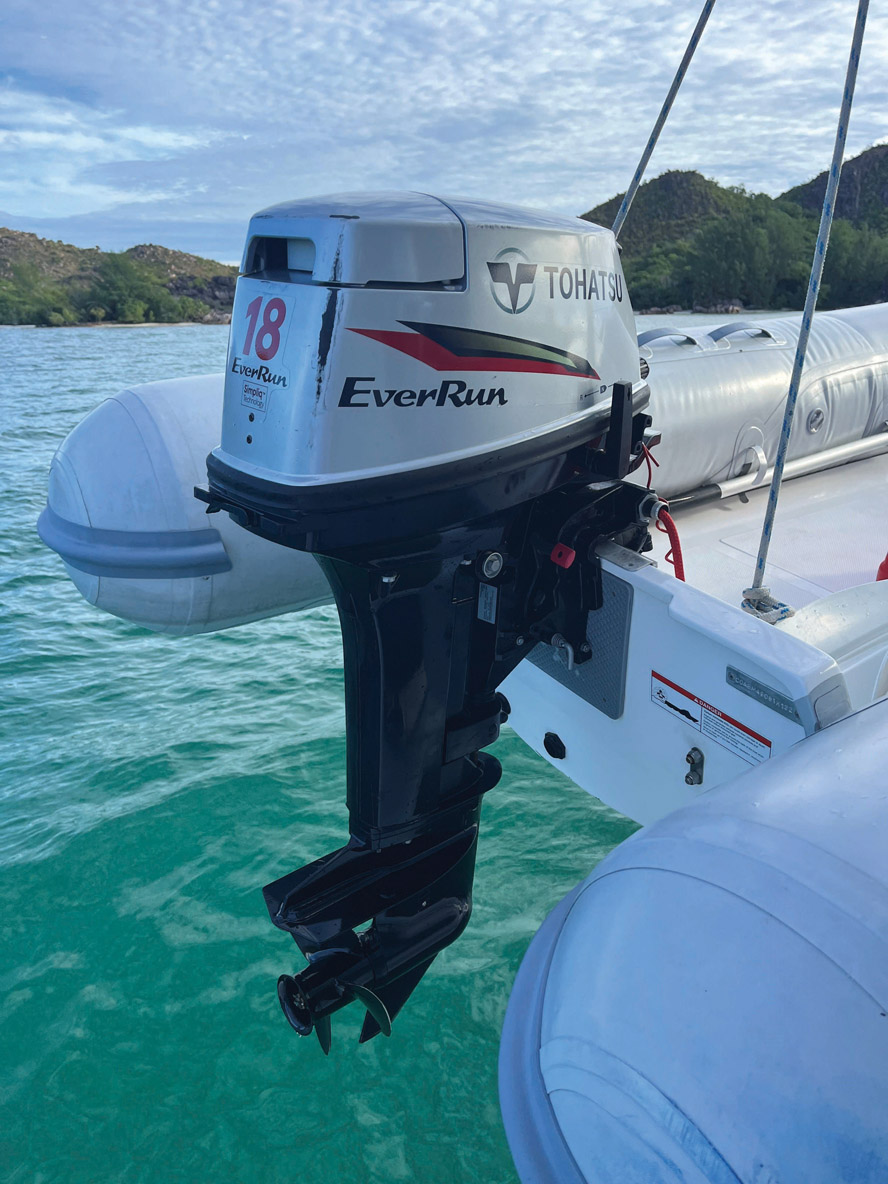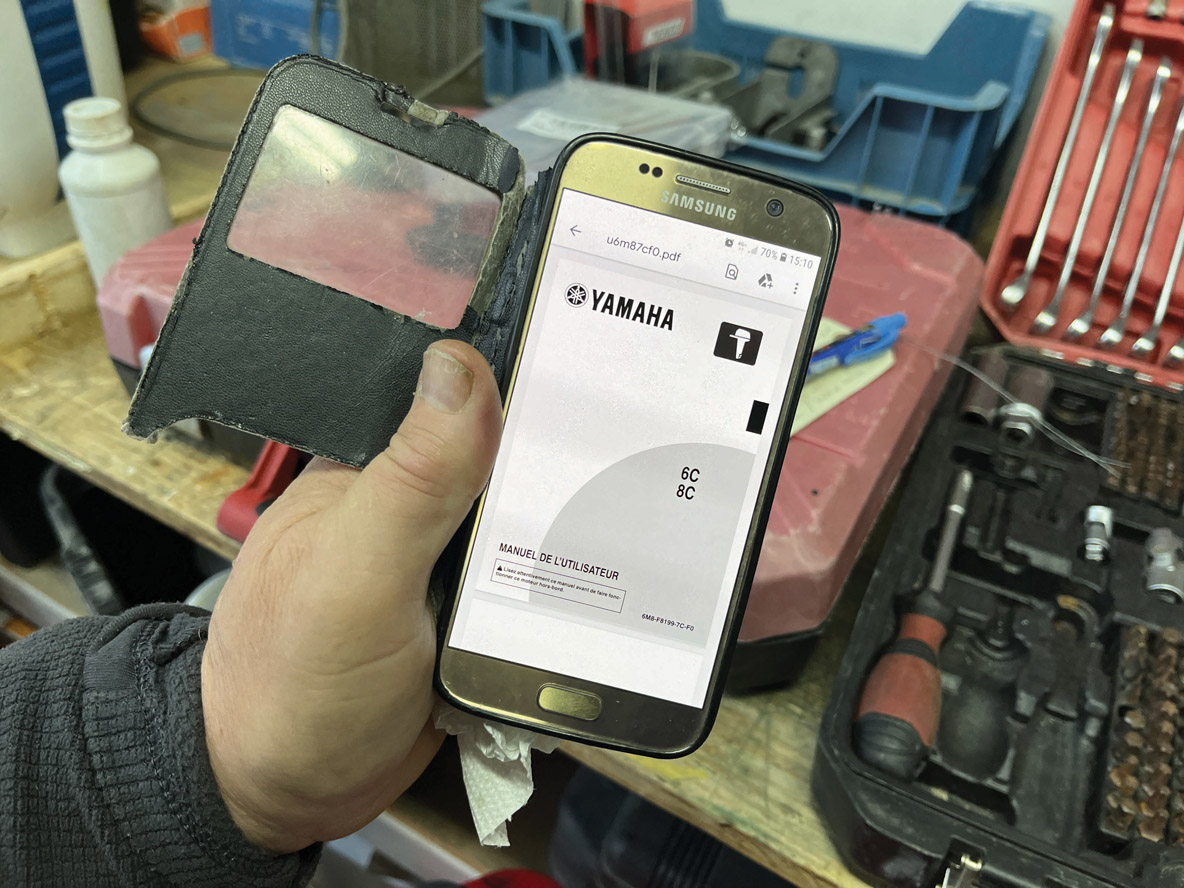
Issue #: 190
Published: July / August 2023
- Price per issue - digital : 7.90€Digital magazine
- Price per issue - print : 12.90€Print magazine
- Access to Multihulls World digital archives Digital archives
Your dinghy’s outboard motor deserves as much attention and care as the main engines aboard your multihull: transferring crew in an anchorage or discovering the shoreline are things to be done in complete safety by limiting as much as possible the risk of a breakdown. Undertaking periodic engine maintenance means your outboard will be reliable and operational in the long term.


What readers think
Post a comment
No comments to show.